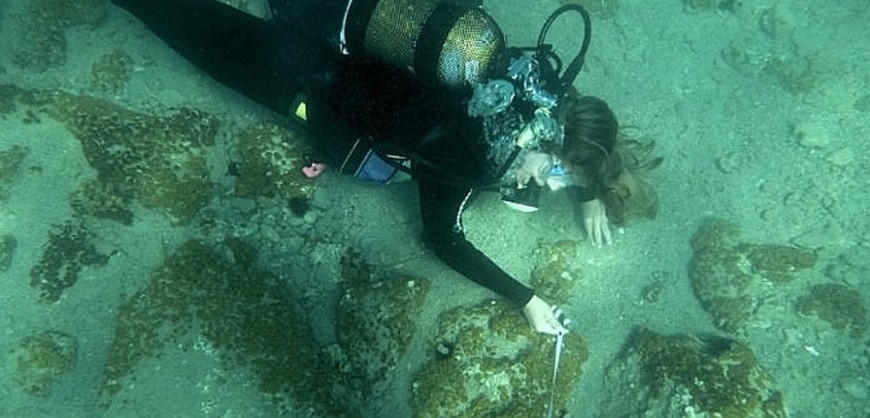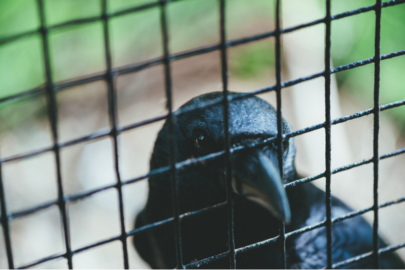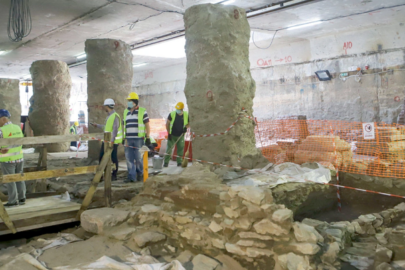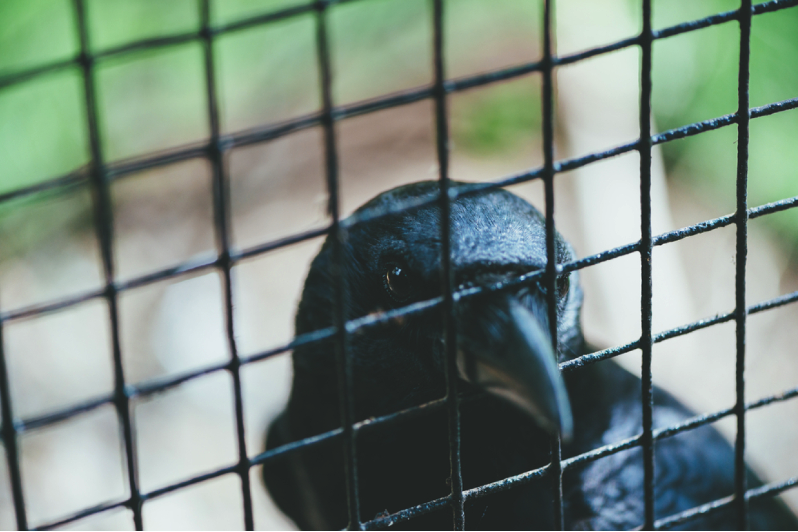Preliminary results from the coastal site Lambogianna in the southern Argolid showed that architectural remains of the community in the water go as far back as 3000 BC, the ministry of culture announced recently.
In a review of research for the 2017 season at the site, which lies very close to the major prehistoric site of Franchthi cave, the ministry said that the marine terrain was further investigated with technology and through underwater excavations.
“Under the stratum of the Early Helladic II era (middle of the 3rd millennium BC, the date of the visible remains), a wall dated to Protohelladic I (early 3rd millennium BC) was discovered,” the ministry stated.
The settlement was discovered in 2015, covers an area of at least 1.2 hectares and is dated to the Early Bronze Age.
“Some architectural remains are visible on the seabed, at 1,3 m from the surface, while more should be buried under the sea sediments,” the ministry noted, adding that since 2016 research has focused on exploring the extent of the site and determining its date.
Work in 2017 included further underwater excavations, recording the topography of the sea and other geological features, and additional recording of the architectural remains in the sea. Electrical tomography also continued north at sea, towards the north shore, in shallow waters.
The excavations and works are carried out by the Ephorate of Underwater Archaeology and the Swiss Archaeological School in Athens, with the collaboration of the University of Geneva. The excavations were led by archaeologist Angeliki Simosi, director of the underwater research ephorate, and professor Karl Reber, head of the Swiss School.
Source: thegreekobserver




































